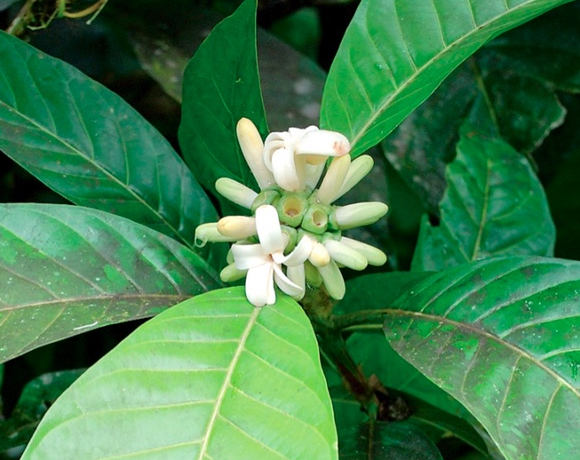rarefruittrees.ae
Borojo (Alibertia patinoi) - Seedling - LIVE PLANT
Borojo (Alibertia patinoi) - Seedling - LIVE PLANT
Couldn't load pickup availability
Plant Insights and Care
Native to the Chocó–Darién moist forests ecoregion, stretching across northwestern Colombia and northwestern Ecuador, the Borojo (Alibertia patinoi) is a small, dioecious tropical rainforest tree, reaching heights of 2-5 meters. This species thrives in the world's wettest lowlands, requiring high humidity (over 85%) and warm temperatures (averaging at least 25°C), though it can withstand brief frosts and floods.
Key Points:
- Origin: Chocó Department, Colombia, and Esmeraldas Province, Ecuador.
- Climate: Prefers the hot and humid conditions of tropical rainforests.
- Sun Exposure: Can grow in full shade or semi-shade, indicating its adaptation to the understorey of dense rainforests.
- Watering: Prefers moist soil conditions, reflecting its natural habitat's high rainfall.
- Soil: Grows in a range of soil types, from light sandy to heavy clay, with a preference for well-drained soils.
Fruit Profile
Borojo fruits are large, round, and typically brown at maturity, measuring 7-12 cm in diameter and weighing 740-1000 grams. The fruit is notable for its brown, acidic, and very dense pulp, primarily composed of fructose and glucose. Each fruit contains 90 to 640 seeds and is considered ripe when it naturally falls to the ground. Borojo is celebrated for its high nutritional value, including significant levels of protein, ascorbic acid, calcium, iron, and especially phosphorus.
Dive into the facts:
- Taste: The fruit's pulp is acidic with a sweet and sour flavor, consumed raw or used in various culinary preparations.
- Appearance: Round shape, brown color at maturity, with a dense pulp that constitutes 88% of the fruit's total weight.
Cultivating Borojo is an invitation to embrace the biodiversity of tropical rainforests. With its unique requirements for high humidity and warm temperatures, this plant offers a glimpse into the ecological richness of its native regions. Its cultivation, however, is concentrated around 3,000 hectares, highlighting its specialized niche within agricultural systems
Share




